Abbey Littleton
Artificial intelligence (AI) has become a popular topic of discussion in recent weeks. From self-driving cars to intelligent virtual assistants like Siri and Alexa, AI is quickly changing the way we live our lives.
But AI is not just limited for those with higher power or money. Students are now using AI for school.
One of the most common uses of AI in education is called personalized learning. Many schools are now using adaptive learning technologies that use AI algorithms to analyze students' performance and create customized lesson plans.
These systems can identify a student's strengths and weaknesses. Using this, the teachers are then able to adjust their learning experience accordingly. For example, if a student is struggling with a particular concept, the system can provide extra practice and guidance in that area. “I wish I had this when I was in school.” Said Andrew S. This allows students to work at their own pace while also being able to receive more individualized attention.
Another way that students are using AI in school is for research. With the vast amount of information available on the internet, it can be challenging to find relevant and trustworthy sources. AI-powered research tools can help students read through this information quickly. These tools can identify credible sources, highlight any relevant information, and even generate bibliographies. This saves students a significant amount of time and effort when conducting research for papers and projects.
However, many students have begun to abuse this tool. Rather than using the AI to “assist” they are using it to type up papers or solve equations for them. Luckily, many schools are beginning to pick up on this and make sure that those who do cheat face consequences.
“I know a lot of kids who took advantage of this and now my school is cracking down on students who use it,” said high school student, Sadie L.
AI is also being used to help grade assignments and provide feedback to students. This technology is able to evaluate student writing and then provide feedback. Additionally, it can grade multiple choice quizzes and provide immediate feedback to students.
This technology not only saves teachers time but also provides students with instant feedback, which can help them improve their performance.
“It honestly creeps me out.” Says mom Briana Shirey.
This new technology is even being used to help students with disabilities. For example, text-to-speech technology can help visually impaired students access written material more easily. Same with speech recognition technology having the ability to help students with learning disabilities write their answers to assignments or exams.
Many believe AI will continue to transform the way students learn and engage in school. From personalized learning to research, grading, and accessibility, Artificial Intelligence is providing students with new tools and opportunities to succeed. As this technology continues to evolve, we can expect to see even more innovative applications of AI in education.


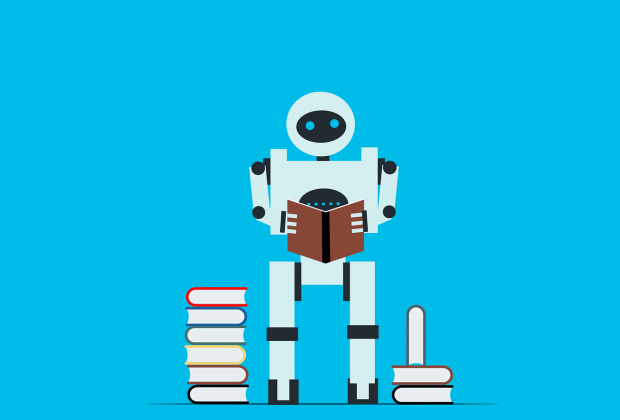



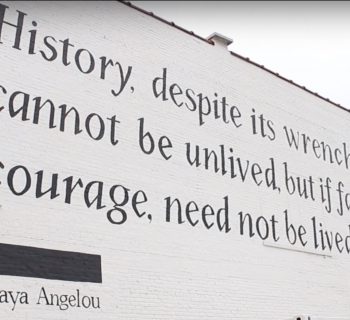



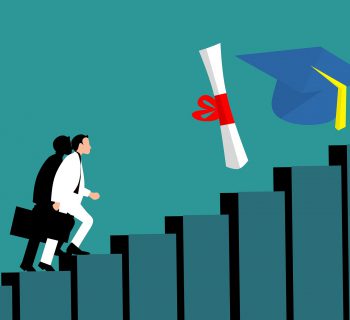
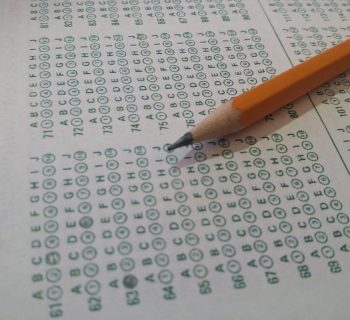
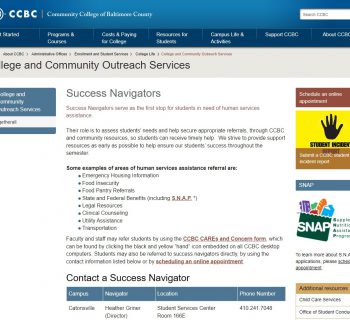


Abbey – thanks for highlighting this important technology. It will be really interesting to see how it changes colleges – and all of us who learn at them. I work in the college on trying to retain more students, and we just bought some software that should help with communications to students. It claims to have some AI powers features like a chatbot we could see in the next few years on our website! Thanks for the great article.